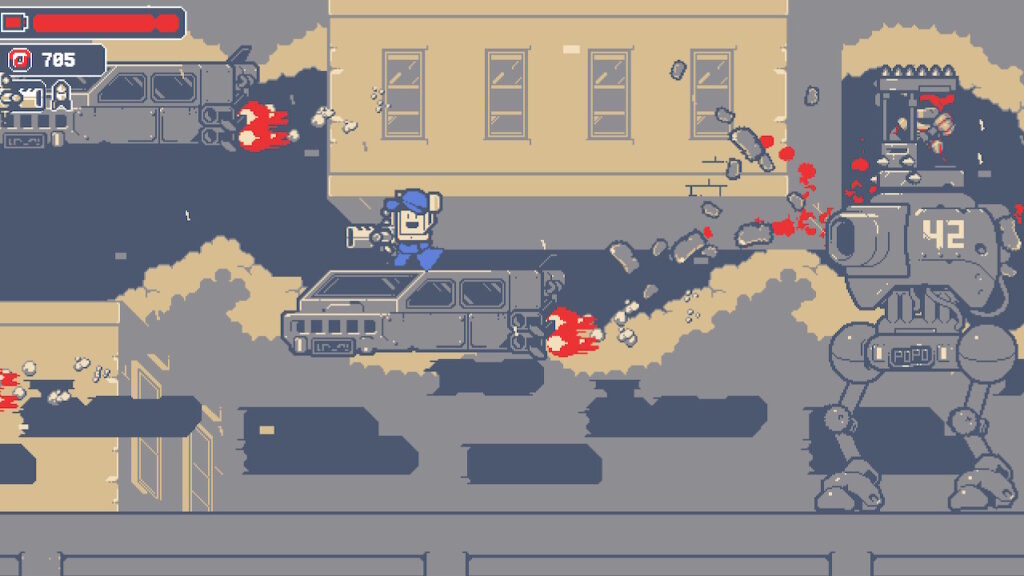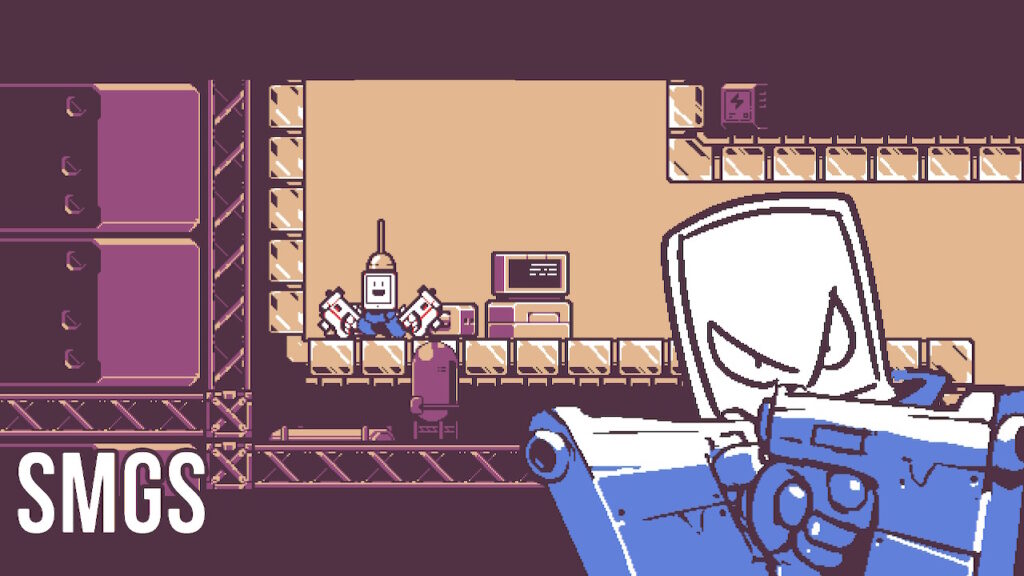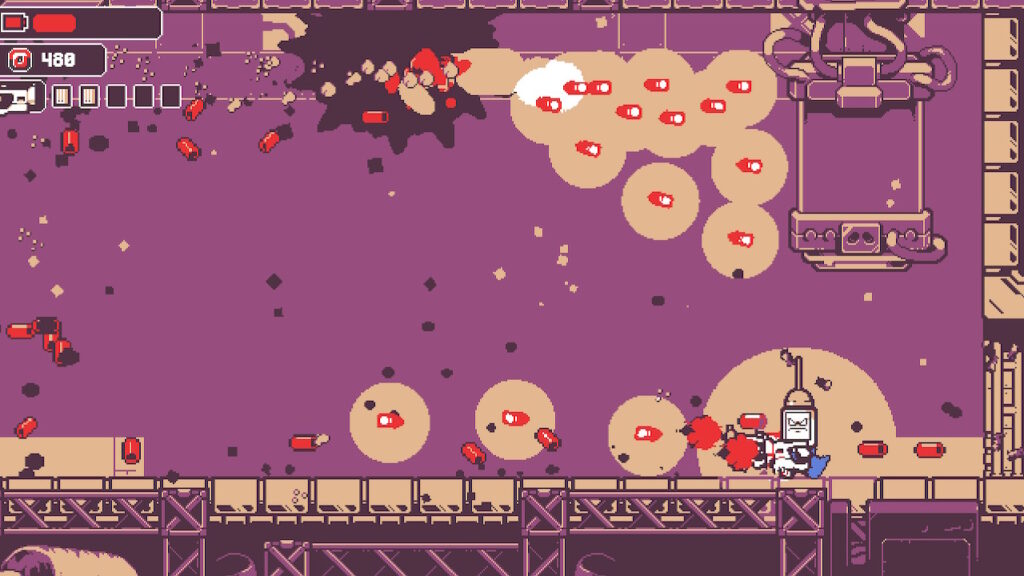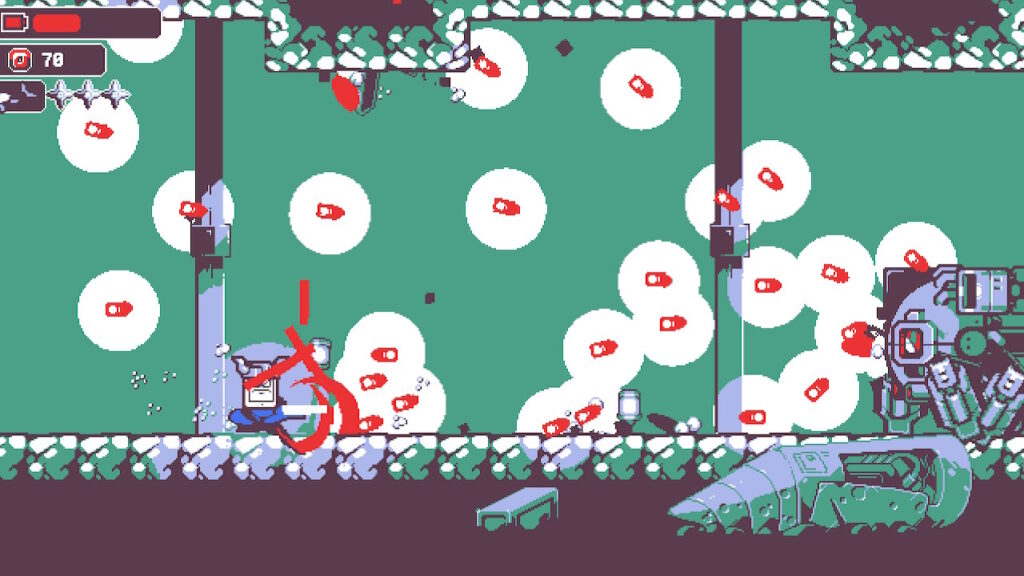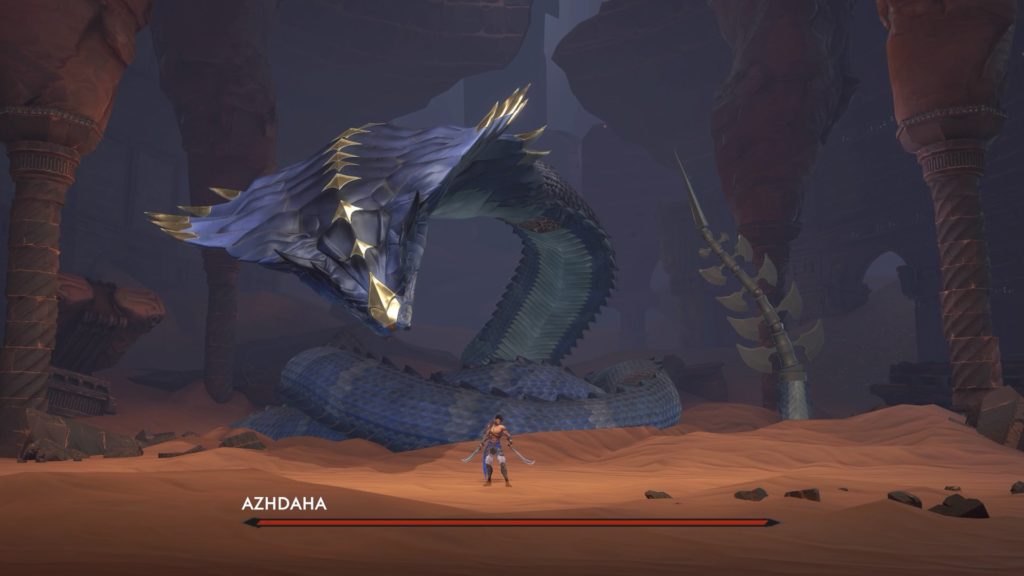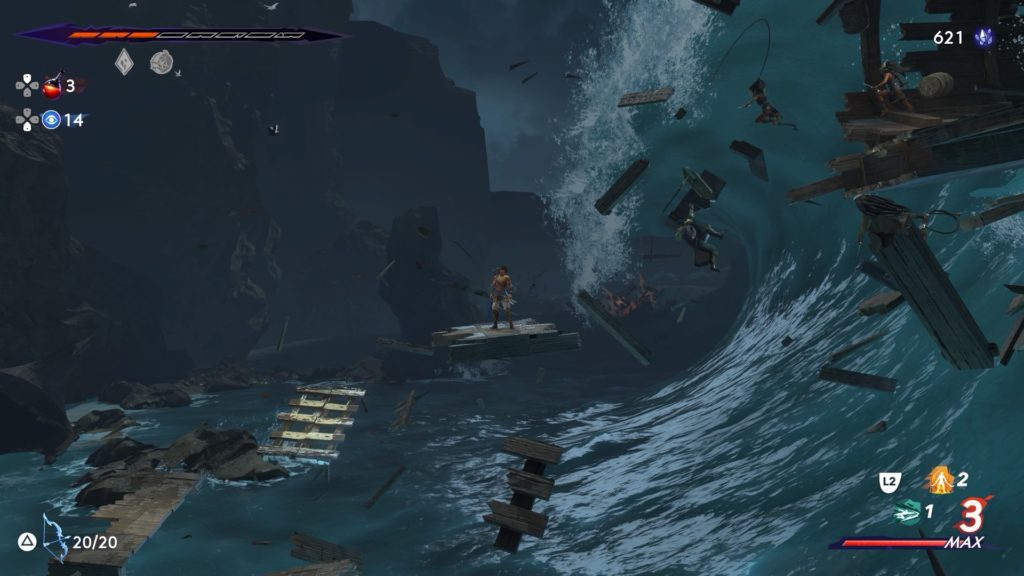- Genre: Metroidvania
- Platform: PS5
- Also Available On: Steam, Xbox Series, Switch, Switch 2
For a game that has Pac-Man levels, I actually found those segments to be by far the least fun sections of the game. The platforming involved in there was just never fluid or interesting. Anyway, that’s beside the point. What is there most of the time is a melee Metroidvania that surprised me in how well it took simple combat and crafted it into something fun with a very limited set of mechanics.
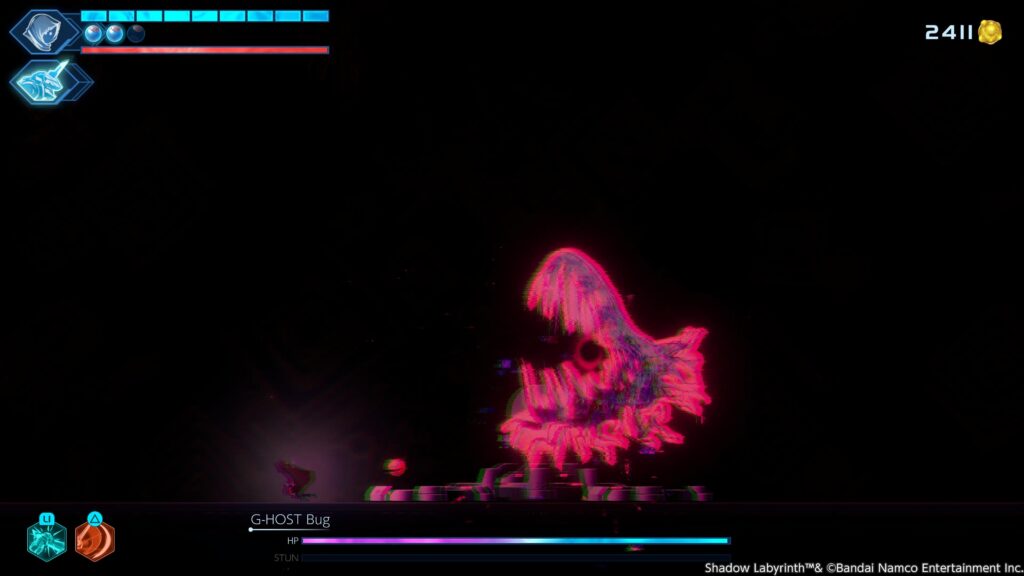
I can’t really think of a boss fight in this game that had more than four or five attacks, and generally they had one or two. What that really meant was that learning and avoiding the attacks was the most important part of combat, and not actually doing damage. You could ultimately indefinitely extend a boss fight via well timed defense.
Where this came in for the player was dodging and a chosen defensive maneuver – parry, shield, etc. The dodge is really what made the game sing. It’s a very fighting game-style dodge where you get pass through and immunity frames. This pushes combat in a direction where timing is the most important element. During a new encounter I’d lay back, learn the attacks, probably die a couple times, then come back in and know my timing. You hit your defensive move, lay in a handful of attacks as necessary, maybe use some excess energy on bonus damage, then time the next attack. In action games that work for me I generally talk about how the combat has a good rhythm and this has that. Once learned, most of the boss fights have pretty reliable segments of two melee combos followed very quickly by an attack with little downtime in there.
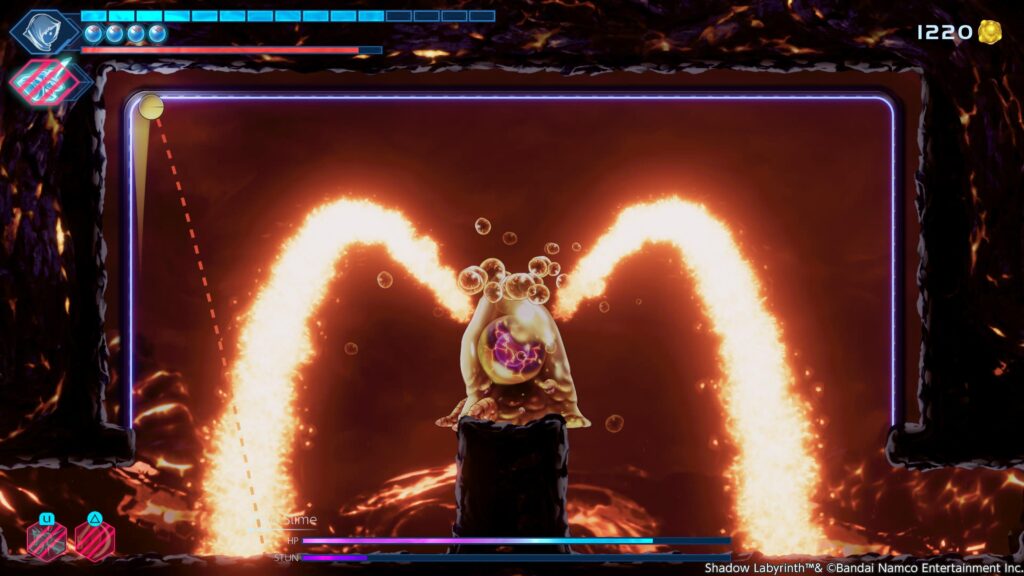
So let’s go back to probably die a couple times. Normally that’s where I find a lot of issues and even going back to ramblings like Hollow Knight that was where the game fell flat for me. Shadow Labyrinth feels like it was designed to mitigate the downsides of death. For one thing, nearly every major boss fight had a save point immediately before its room, if not a full on teleport location. This allowed the boss fights themselves to be isolated in their difficulty and let you focus on going in, learning, and immediately executing on learnings instead of having to do a death run back.
The second thing that really stood out was how many places existed that could be opened as shortcuts through the world. The map when completed really feels like it’s a series of compact loops. There’s an obvious first path through an area that you run through and find a bunch of impassable doors. You then start hitting branches in that path that loop back and end at one of those doors. If I was to really visualize it, it would be like taking a winding river as the main path and a straight line through it as the path that gets opened once you finish all the loop backs. It highly encourages exploration, often leading to upgrades, while also encouraging fast retraversal. Combined with a really solid teleportation network, every time I earned a new traversal upgrade (hook shot, double jump, air dash, etc) was very quickly followed by me happily going back to past areas to find new stuff.
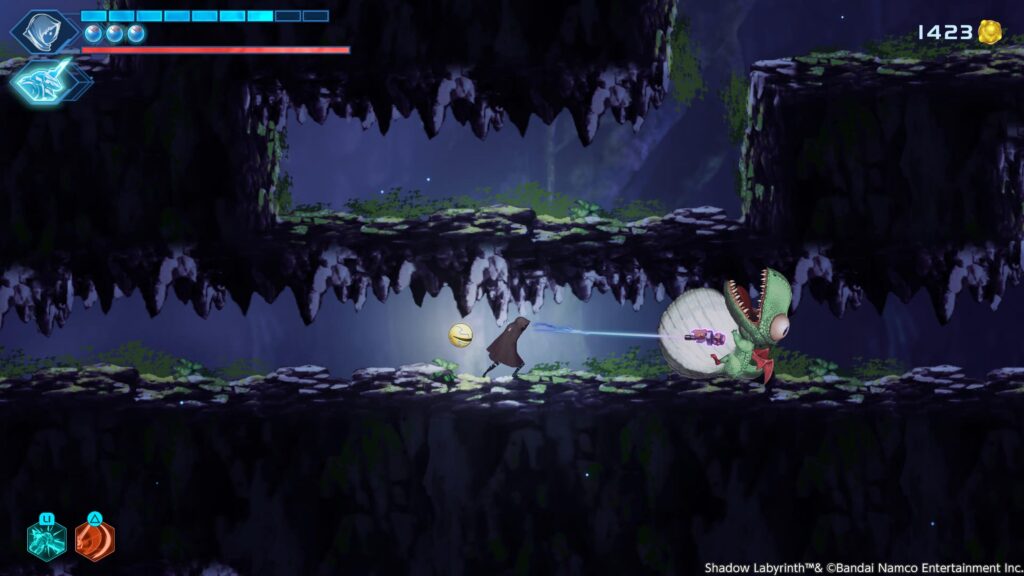
Where things weren’t necessarily as positive for me largely centered around progression. This is a game that just does not offer any progression hand holding. In some ways that’s good because it forces exploration. However, in a lot of cases I want to know vaguely what direction I should be going. At one point around the middle of the game I was tasked with finding two major power sources to move the story forward but it took me about 10 hours of gameplay to complete that. It’s not that I was having trouble, but that I just kept picking the wrong direction to go in. I would go down a path for 20 or 30 minutes and hit a wall, then have to wander back and find a new direction. This continued for a long time. It’s not that I was suffering for it, because I earned a ton of upgrades. However, what it generally meant was that by the time I found the right path to where I was supposed to go I was tremendously overpowered and had nearly completed the entire map in the game. The couple hours immediately following it were just a breeze. Had I had a little bit of direction to say “go roughly into this region” I think the flow of the overall game and my character’s power curve would have been more appropriately challenging and interesting.
I could also just do without the Pac-Man challenges and I think that really differs from a lot of reviews that I read. I just found these to generally be a chore. Platforming as Pac-Man was always some variation of stiff and inconsistent. Switching between the always moving default mode and player-controlled movement mode felt like switching between two modes with equally bad weaknesses – always moving had huge weaknesses in directionality of jumping and player-controlled really felt sloppy once in the air. Getting good completion times felt like it was just learning precise movement patterns instead of actually being good at the game, and later higher challenge levels felt more like fighting mechanics than actually having fun gameplay. It felt like a bad implementation of Pac-Man on the surface and a weird distraction from what was otherwise a really solid core Metroidvania game.
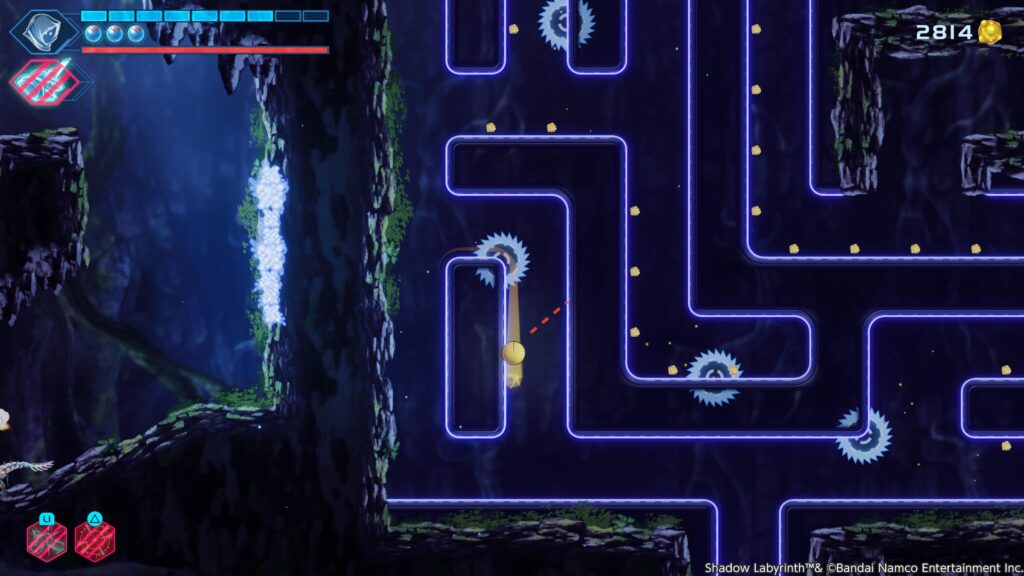
Wrapping Pac-Man into the wider Namco space force lore and turning it into a Metroidvania was certainly a bold choice, but I think more than not it worked out well. Combat was a real pleasant surprise for me in that it took a simple set of mechanics but did them incredibly well. Things around that experience may not have been as solid as other entries in the wider genre, but there’s enough that works out well here for me to give this a pretty easy recommendation.


